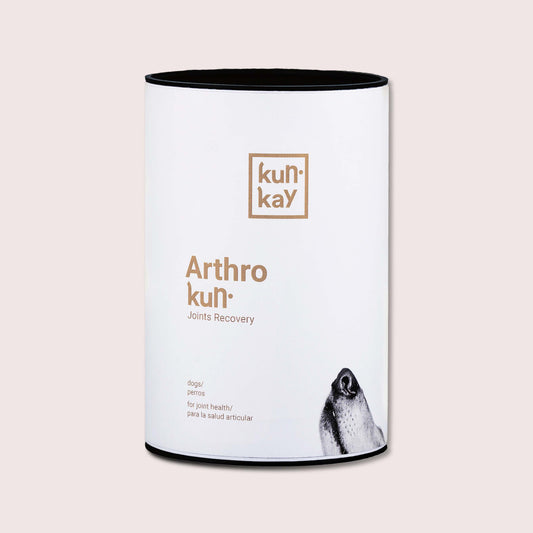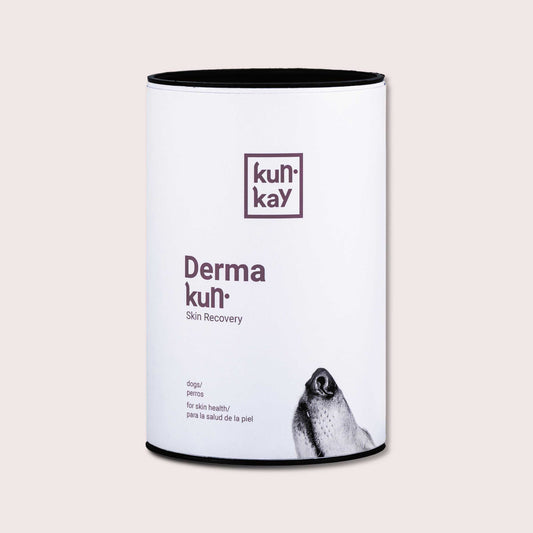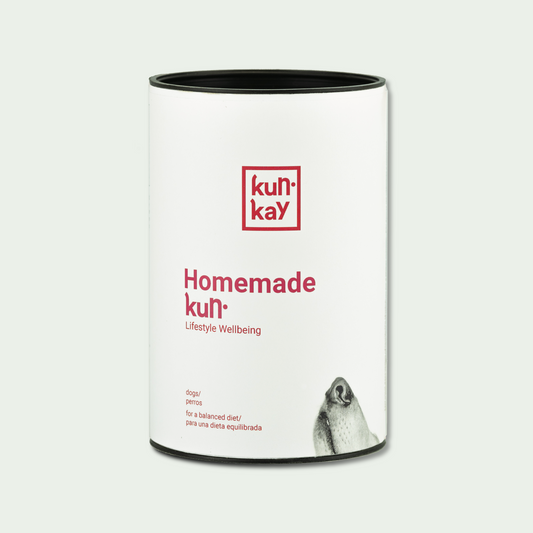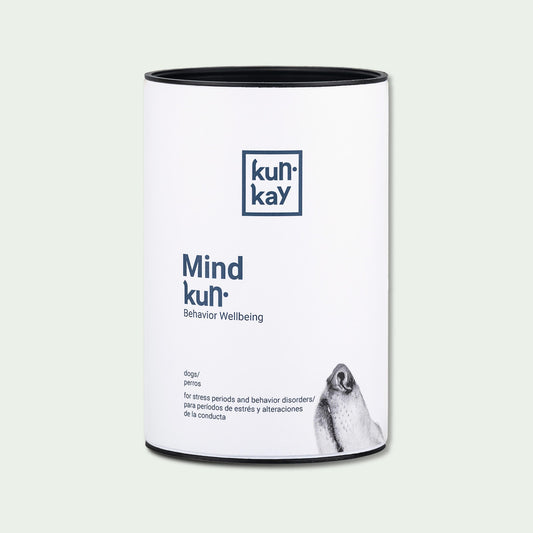How to act against the processionary caterpillar?
The Thaumetopoea pityocampa, commonly known as the pine processionary, is a type of urticating caterpillar that lives in pine trees. 🌲
Its name (processionary) refers to the long lines they form when moving in groups as they remind us of a procession. 🐛
Despite their harmless appearance due to their small size, they are extremely dangerous because of the toxic filaments on their skin. They can have more than 500,000 filaments, containing a toxin called Thaumatopine. These hairs can be released into the air 💨 and travel with the wind up to 200 meters. That is why it is not necessary to touch them to cause discomfort, as they can enter through the respiratory tract 👃, ears 👂, or eyes 👀 causing irritation.
A few days ago on social media we shared with you the early presence of processionary caterpillars and the risks they may pose to our dogs. But... do you know how to avoid them and what to do in case of contact? Here we tell you everything:
PREVENTION
- Try to walk in areas without risk of encountering this animal.
- Do not unleash your furry friend.
- Whenever you can, take a look at the tree tops and surroundings; it is easy to identify a nest, which can save us many problems.
Any prevention is little since our friends are very curious!
VISIBLE SYMPTOMS
The most common symptoms are the following:
- General discomfort
- Nervousness
- Irritation, swelling, blisters, or ulcers
- Excessive scratching
- Difficulty breathing
- Red, bruised, or black tongue
- Hypersalivation
- Inflammation in the affected area
- Gastrointestinal problems including vomiting, diarrhea, and abdominal discomfort
If you observe these, it is possible that there has been contact with a caterpillar.
HOW TO ACT
- Stay calm and protect yourself well with gloves, mask, and also eye protection.
- Remove the processionary and visible hairs with tweezers if necessary.
- Clean the affected area with warm water. Be careful to NOT rub the area, as this could spread or break the toxic filaments.
- Contact a veterinarian as soon as possible.
Protecting your dog from processionary caterpillars during their most active season is essential for their health and well-being.




